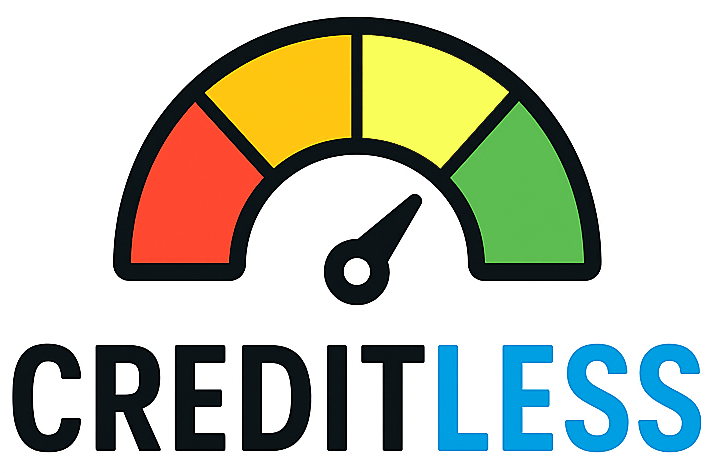Quick overview: why graduating a secured card matters
Secured credit cards are designed to help people with thin or damaged credit establish positive payment history by using a refundable security deposit as collateral. Converting — or "graduating" — your secured card to an unsecured card returns your deposit, removes the collateral requirement and often increases your available credit, while keeping the account's payment history intact. This matters because it improves your access to better cards and can lower credit utilization, two important drivers of credit-score improvement.
This article explains the typical timelines, what issuers usually do, step-by-step actions you can take, and common pitfalls to avoid. Keep in mind that exact policies vary by card issuer and by your overall credit profile — some issuers run automatic reviews, others require you to request a product change or new account application.
Step-by-step: how conversion typically works
- Confirm reporting and product rules. Before you try to graduate, confirm your card reports to the three major credit bureaus and read the cardholder agreement or issuer FAQ so you know whether the issuer performs automatic reviews or requires a request. Reporting to bureaus is essential for the card to build credit.
- Build a short record of responsible use. Most issuers look for several months of on-time payments and low utilization. Typical review windows are about 6–12 months, but they vary: Discover, for example, begins monthly reviews after roughly seven months to consider graduation; other issuers review after six months or on a case-by-case basis.
- Watch for automatic graduation or an offer. Some banks will automatically “product-change” your account to an unsecured card and return your deposit as a statement credit or check. If you see an in-app message or mailed notice saying you’ve been upgraded, the issuer will usually release the deposit once any balance is paid.
- If nothing happens, ask the issuer. If you meet the typical criteria (on-time payments, low utilization) after the review window, call or message customer service to ask about a product change or review. Some issuers allow a formal request; others will only review automatically. Ask whether a hard pull is required and whether the account number will change.
- What to expect when the issuer agrees to upgrade. In most product-change cases the issuer keeps the same account so your account age and history remain intact (no new account on your credit report), and often there is no hard inquiry — but confirm with the issuer first. Your deposit will be refunded once any balance is paid; the timing for a returned deposit depends on the issuer (some return it as a statement credit, others mail a check and may take one or two billing cycles).
How to improve your chances — best practical tips
- Pay on time every month. Payment history is the single most important factor for score improvement and a top criterion issuers use when considering graduation.
- Keep utilization very low. Aim for under 10% (definitely under 30%) of the secured-card limit when the issuer reviews your file; low utilization signals responsible credit use.
- Use the card regularly but sensibly. Small, repeat charges (gas, groceries, streaming) that you pay off on time are better than zero activity or sporadic big balances.
- Avoid other new credit applications just before review. New inquiries and brand-new accounts can change an issuer’s risk view; fewer recent hard pulls improves upgrade odds.
- Check whether the issuer has a minimum required time and scoring threshold. Discover publicly states it begins monthly reviews after seven months; other issuers have different timing or may only graduate some accounts. If you need faster progress, consider applying for a separate unsecured starter card (from a different issuer) once your score is high enough.
- If upgraded, verify whether the product change will keep the same account number and credit limit. That preserves account age and credit line for utilization. If the bank opens a new account instead, weigh whether to keep the secured account open (to preserve age) or close it and receive the deposit — closing can reduce available credit and raise utilization.
